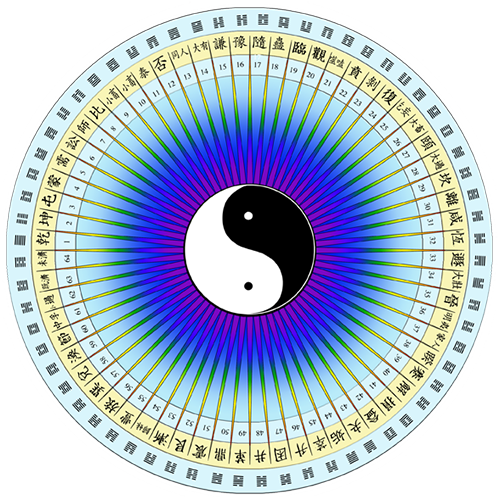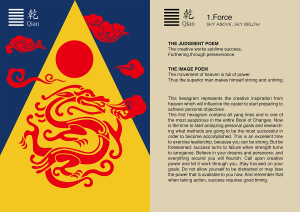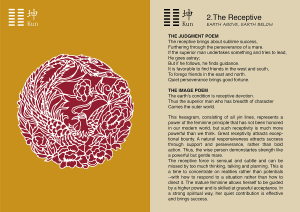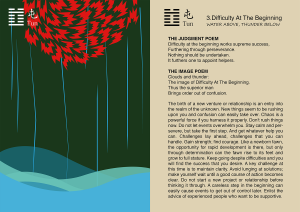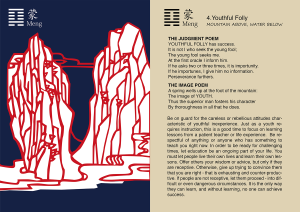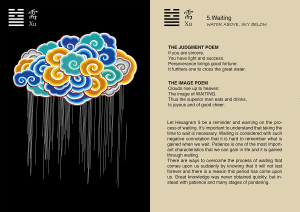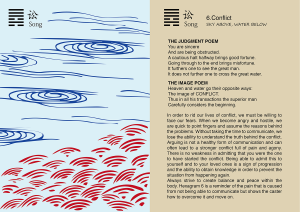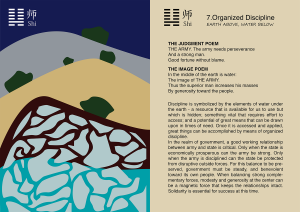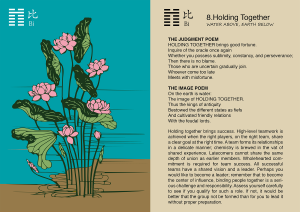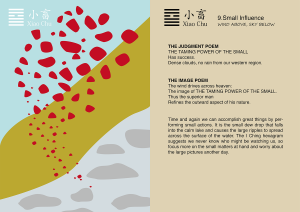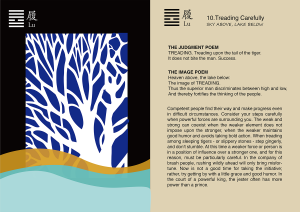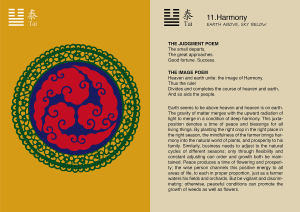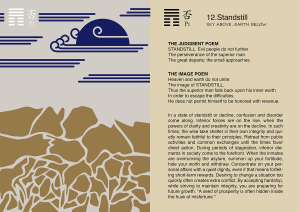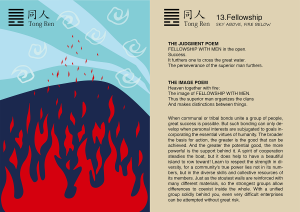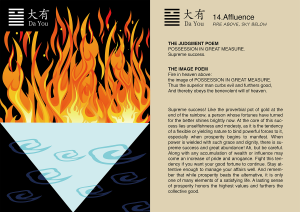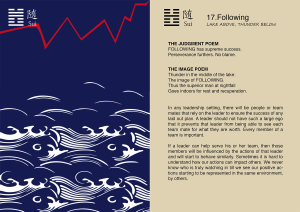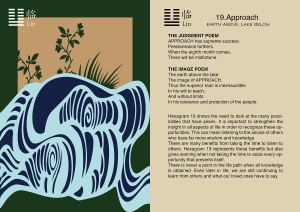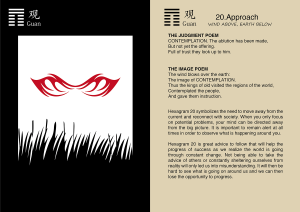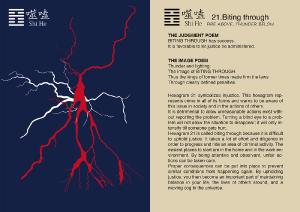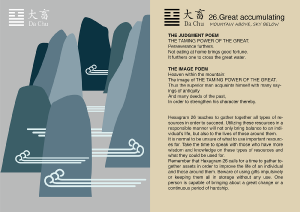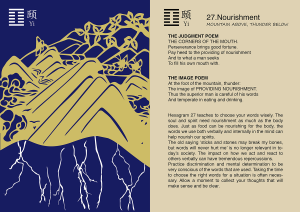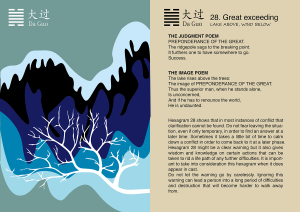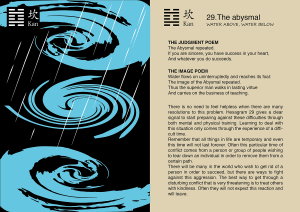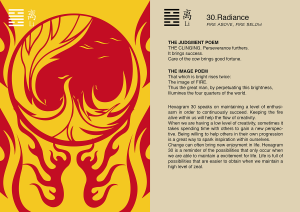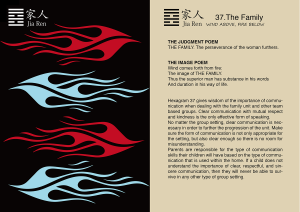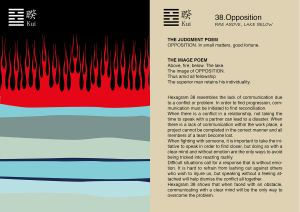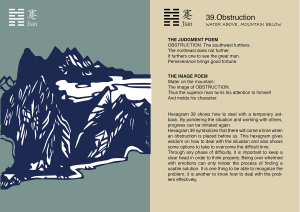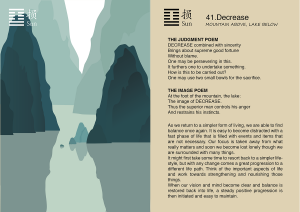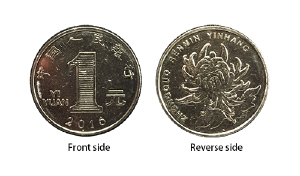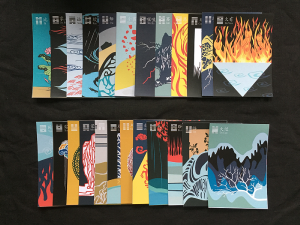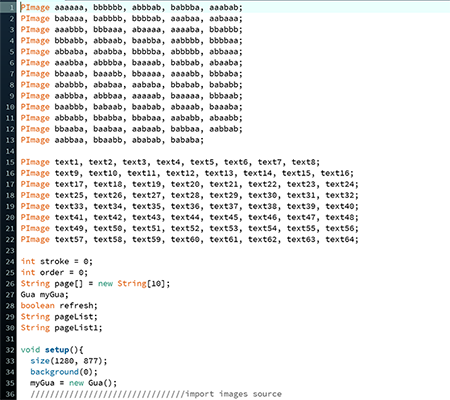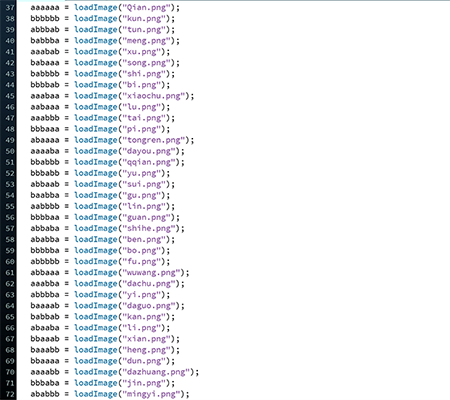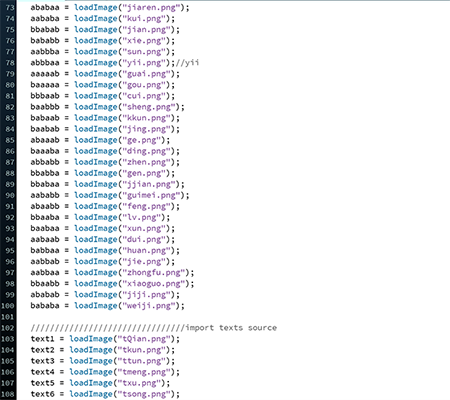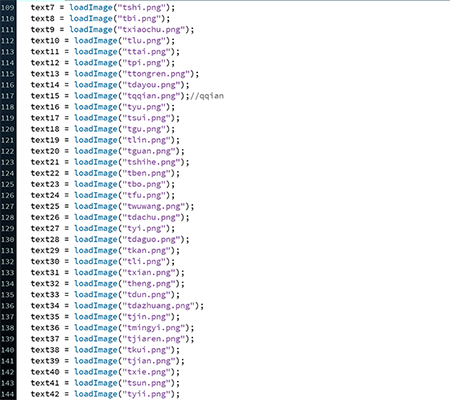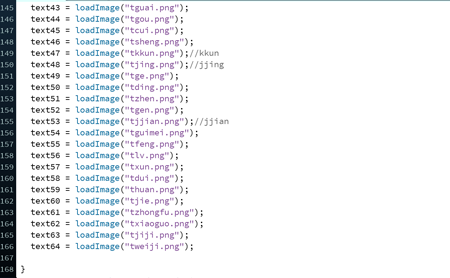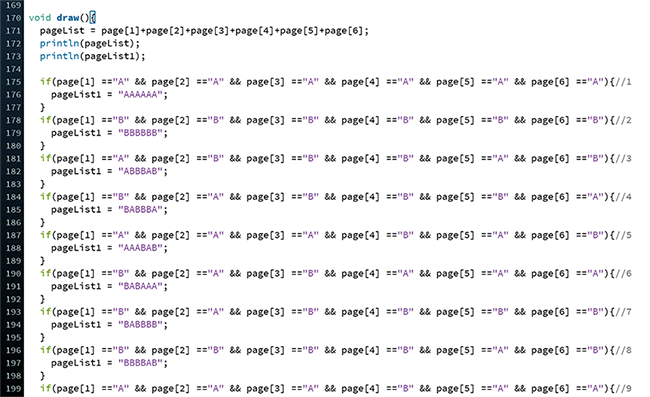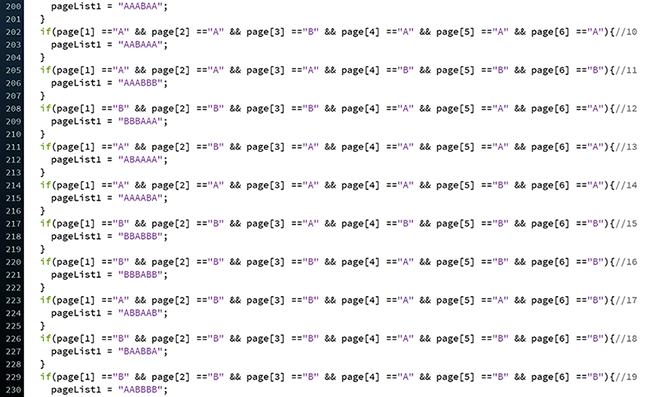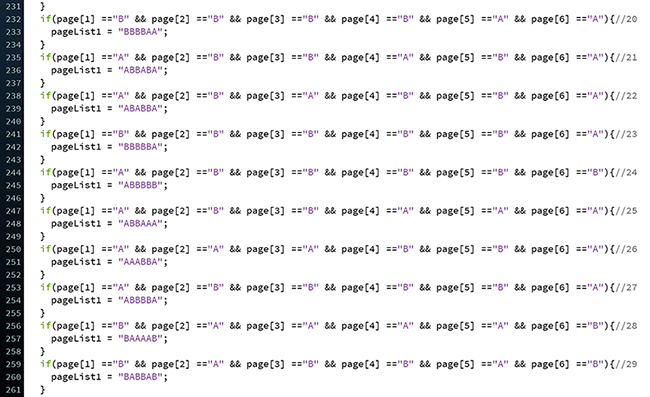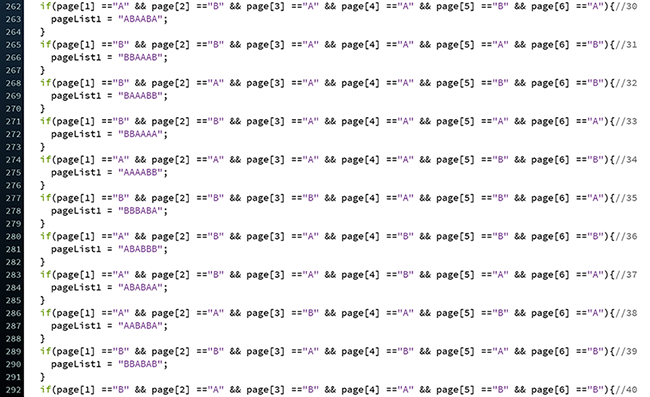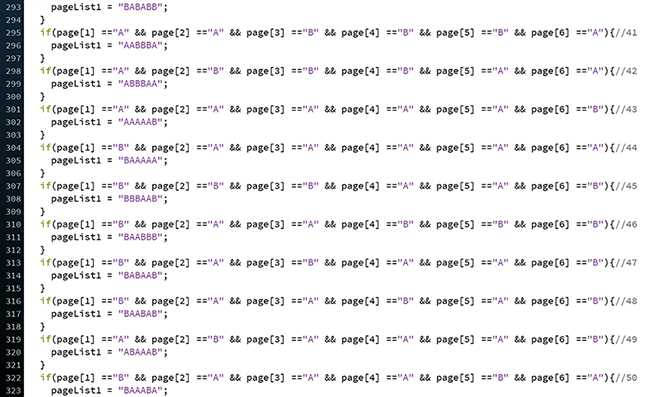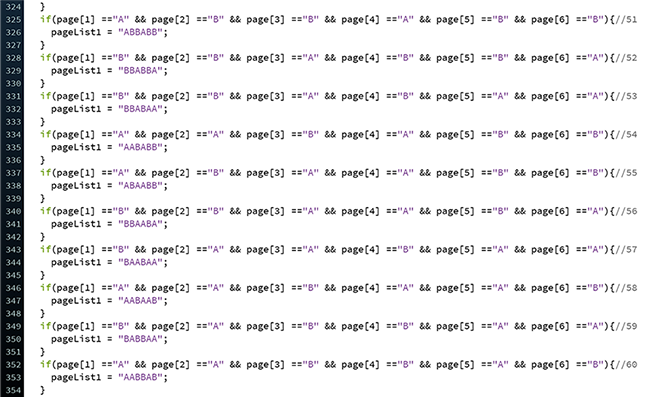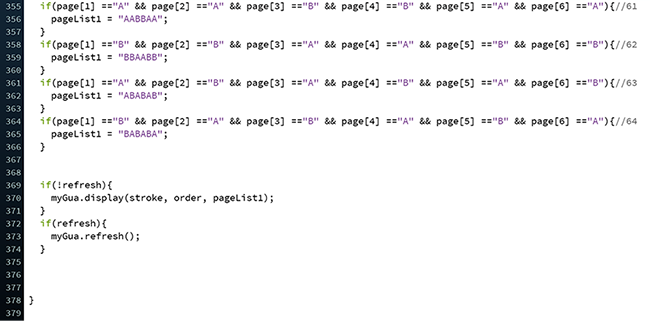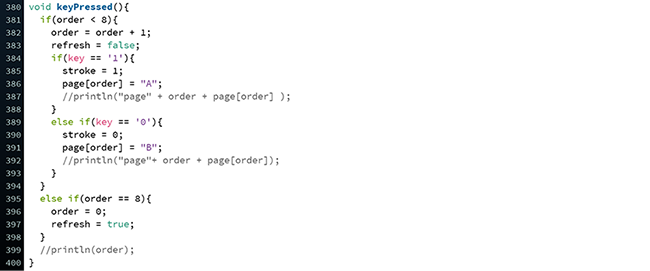No edit summary |
|||
| (71 intermediate revisions by the same user not shown) | |||
| Line 1: | Line 1: | ||
The | =='''Introduction'''== | ||
[[File: | |||
[[File: | Taiji is a Chinese cosmological term for the "Supreme Ultimate" state of undifferentiated absolute and infinite potential, the oneness before duality, from which Yin and Yang originate, contrasted with the Wuji ("Without Ultimate"). | ||
[[File: | The Tai Ji (Supreme Ultimate) diagram shows the relationship of Yin & Yang and illustrates interdependence on Yin & Yang. Nothing is totally Yin or totally Yang. Just as a state of total Yin is reached, Yang begins to grow. Yin contains seed of Yang and vise versa. | ||
The Bagua, are eight trigrams used in Daoist cosmology to represent the fundamental principles of reality, seen as a range of eight interrelated concepts. Each consists of three lines, each line either "broken" or "unbroken," respectively representing yin or yang. The ancient Chinese classic, I Ching, consists of the 64 pairwise permutations of trigrams, referred to as "hexagrams", along with commentary on each one. | |||
The I Ching contains 64 hexagrams which represents a system of knowledge and ever changing divination. The I Ching is also called the Book of Changes because these symbols don’t have one set meaning but represent the universal characteristics of Yin and Yang and the ever changing possibilities of the cosmos. It will help you make better decisions and enjoy perfect timing, as you achieve or receive what you want or need. | |||
[[File:iching.jpg]] | |||
=='''My graphic design'''== | |||
These are some of visionary I Ching I designed for each hexagram and their corresponding explanation. | |||
[[Image:01qian.png|thumb|left|300px]] | |||
<br style="clear:both"> | |||
[[Image:02kun.png|thumb|left|300px]] | |||
<br style="clear:both"> | |||
[[Image:03tun.png|thumb|left|300px]] | |||
<br style="clear:both"> | |||
[[Image:04meng.png|thumb|left|300px]] | |||
<br style="clear:both"> | |||
[[Image:05xu.png|thumb|left|300px]] | |||
<br style="clear:both"> | |||
[[Image:06song.png|thumb|left|300px]] | |||
<br style="clear:both"> | |||
[[Image:07shi.png|thumb|left|300px]] | |||
<br style="clear:both"> | |||
[[Image:08bi.png|thumb|left|300px]] | |||
<br style="clear:both"> | |||
[[Image:09xiaochu.png|thumb|left|300px]] | |||
<br style="clear:both"> | |||
[[Image:10lu.png|thumb|left|300px]] | |||
<br style="clear:both"> | |||
[[Image:11tai.png|thumb|left|300px]] | |||
<br style="clear:both"> | |||
[[Image:12pi.png|thumb|left|300px]] | |||
<br style="clear:both"> | |||
[[Image:13tongren.png|thumb|left|300px]] | |||
<br style="clear:both"> | |||
[[Image:14dayou.png|thumb|left|300px]] | |||
<br style="clear:both"> | |||
[[Image:17sui.png|thumb|left|300px]] | |||
<br style="clear:both"> | |||
[[Image:19lin.png|thumb|left|300px]] | |||
<br style="clear:both"> | |||
[[Image:20guan.png|thumb|left|300px]] | |||
<br style="clear:both"> | |||
[[Image:21shihe.png|thumb|left|300px]] | |||
<br style="clear:both"> | |||
[[Image:26dachu.png|thumb|left|300px]] | |||
<br style="clear:both"> | |||
[[Image:27yi.png|thumb|left|300px]] | |||
<br style="clear:both"> | |||
[[Image:28daguo.png|thumb|left|300px]] | |||
<br style="clear:both"> | |||
[[Image:29kan.png|thumb|left|300px]] | |||
<br style="clear:both"> | |||
[[Image:30li.png|thumb|left|300px]] | |||
<br style="clear:both"> | |||
[[Image:37jiaren.png|thumb|left|300px]] | |||
<br style="clear:both"> | |||
[[Image:38kui.png|thumb|left|300px]] | |||
<br style="clear:both"> | |||
[[Image:39jian.png|thumb|left|300px]] | |||
<br style="clear:both"> | |||
[[Image:41sun.png|thumb|left|300px]] | |||
<br style="clear:both"> | |||
=='''I Ching Prediction Method'''== | |||
The universe is constantly in change and Yin and Yang must change in order to create balance. In order to understand the philosophy of I Ching, the understanding of the hexagram must be made during its cast. There are a few ways this is done. Traditionally 50 yarrow stalks were used but in modern times dice, beads, and coins are used to cast the hexagram symbols. | |||
I designed a simple game to let people understand I Ching Prediction easily. A coin is flipped for a total of 6 times in order to gain the six lines. And from these six coin tosses, a hexagram will be calculated according to its number. | |||
It is important to understand that each symbol is neutral and has neither a good or bad meaning. Instead, the possibilities of events can be either favorable or unfavorable. Each 64 hexagram has a different meaning and sometimes can be difficult to read or to understand the divination. | |||
=='''Get your own oracle card!'''== | |||
This is a game about using coins to divine and using the divination system in I Ching to develop any situation or resolve any dilemma.<br style="clear:both"> | |||
There are several steps you need to follow.<br style="clear:both"> | |||
1.Firstly, find a quiet place and take a minute to calm your mind. <br style="clear:both"> | |||
2.Get clear about the situation or decision on your mind.<br style="clear:both"> | |||
3.Shake your hands and cast the coin in your hand for six times and record the results each time. If the coin is facing up, it represents "Yang", you press “1” on the keyboard;If the coin is facing down, it represents "Yin", you press “0” on the keyboard. | |||
[[Image:coinside.png|thumb|left|300px]] | |||
<br style="clear:both"> | |||
4.Be receptive, read between the lines, and allow connections to become clear.<br style="clear:both"> | |||
[[Image:gualines.png|thumb|left|300px]] | |||
<br style="clear:both"> | |||
5.Finally, there is the image of the trigrams and the explanation on the screen. You will get some inspirations and your own oracle card!<br style="clear:both"> | |||
[[Image:01qian.png|thumb|left|300px]] | |||
<br style="clear:both"> | |||
[[Image:cards.png|thumb|left|300px]] | |||
<br style="clear:both"> | |||
=='''Coding Part'''== | |||
There are 64 combination permutations. Each hexagram has their text name and image. In this coding part, “a” represents ”1” when coin is facing up, “b” represents ”0” when coin is facing down. | |||
[[File:guacode11.jpg]] | |||
[[File:guacode21.jpg]] | |||
[[File:guacode31.jpg]] | |||
[[File:guacode41.jpg]] | |||
[[File:guacode51..jpg]] | |||
Loading the different cases of image waiting for calling in the draw() function. | |||
“Pagelist” is a string within six characters which are the six times results of keypresses. Each keypress corresponding to “A” or “B”. | |||
[[File:guacode61...jpg]] | |||
[[File:guacode7..jpg]] | |||
[[File:guacode8.jpg]] | |||
[[File:guacode9.jpg]] | |||
[[File:guacode10.jpg]] | |||
[[File:guacode11..jpg]] | |||
[[File:guacode12.jpg]] | |||
Order is the variable created to count the times of keypressed, any time when a key is pressed, it is to be judged if it is within 8 times.<br style="clear:both"> | |||
secondly, the key is to be told if it is "1" or "0" which represents the front face or back face of coin. | |||
[[File:guacode13.jpg]] | |||
If the times exceeds to 9th time, it is to be assigned to "0" which represents the first time again, and the "refresh" to be true which will consequently draw background to black to make the canvas refresh again. | |||
=='''Reference'''== | |||
http://www.sunsigns.org/i-ching-64-hexagrams/ | |||
https://en.wikipedia.org | |||
Latest revision as of 07:48, 2 October 2016
Introduction
Taiji is a Chinese cosmological term for the "Supreme Ultimate" state of undifferentiated absolute and infinite potential, the oneness before duality, from which Yin and Yang originate, contrasted with the Wuji ("Without Ultimate"). The Tai Ji (Supreme Ultimate) diagram shows the relationship of Yin & Yang and illustrates interdependence on Yin & Yang. Nothing is totally Yin or totally Yang. Just as a state of total Yin is reached, Yang begins to grow. Yin contains seed of Yang and vise versa.
The Bagua, are eight trigrams used in Daoist cosmology to represent the fundamental principles of reality, seen as a range of eight interrelated concepts. Each consists of three lines, each line either "broken" or "unbroken," respectively representing yin or yang. The ancient Chinese classic, I Ching, consists of the 64 pairwise permutations of trigrams, referred to as "hexagrams", along with commentary on each one.
The I Ching contains 64 hexagrams which represents a system of knowledge and ever changing divination. The I Ching is also called the Book of Changes because these symbols don’t have one set meaning but represent the universal characteristics of Yin and Yang and the ever changing possibilities of the cosmos. It will help you make better decisions and enjoy perfect timing, as you achieve or receive what you want or need.
My graphic design
These are some of visionary I Ching I designed for each hexagram and their corresponding explanation.
I Ching Prediction Method
The universe is constantly in change and Yin and Yang must change in order to create balance. In order to understand the philosophy of I Ching, the understanding of the hexagram must be made during its cast. There are a few ways this is done. Traditionally 50 yarrow stalks were used but in modern times dice, beads, and coins are used to cast the hexagram symbols.
I designed a simple game to let people understand I Ching Prediction easily. A coin is flipped for a total of 6 times in order to gain the six lines. And from these six coin tosses, a hexagram will be calculated according to its number.
It is important to understand that each symbol is neutral and has neither a good or bad meaning. Instead, the possibilities of events can be either favorable or unfavorable. Each 64 hexagram has a different meaning and sometimes can be difficult to read or to understand the divination.
Get your own oracle card!
This is a game about using coins to divine and using the divination system in I Ching to develop any situation or resolve any dilemma.
There are several steps you need to follow.
1.Firstly, find a quiet place and take a minute to calm your mind.
2.Get clear about the situation or decision on your mind.
3.Shake your hands and cast the coin in your hand for six times and record the results each time. If the coin is facing up, it represents "Yang", you press “1” on the keyboard;If the coin is facing down, it represents "Yin", you press “0” on the keyboard.
4.Be receptive, read between the lines, and allow connections to become clear.
5.Finally, there is the image of the trigrams and the explanation on the screen. You will get some inspirations and your own oracle card!
Coding Part
There are 64 combination permutations. Each hexagram has their text name and image. In this coding part, “a” represents ”1” when coin is facing up, “b” represents ”0” when coin is facing down.
Loading the different cases of image waiting for calling in the draw() function. “Pagelist” is a string within six characters which are the six times results of keypresses. Each keypress corresponding to “A” or “B”.
Order is the variable created to count the times of keypressed, any time when a key is pressed, it is to be judged if it is within 8 times.
secondly, the key is to be told if it is "1" or "0" which represents the front face or back face of coin.
If the times exceeds to 9th time, it is to be assigned to "0" which represents the first time again, and the "refresh" to be true which will consequently draw background to black to make the canvas refresh again.
